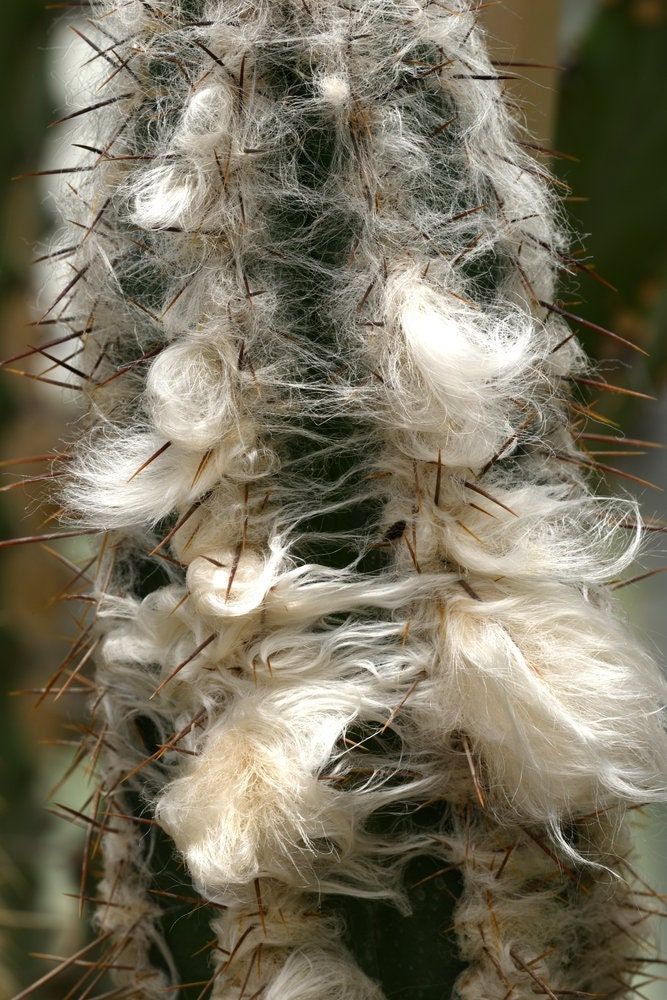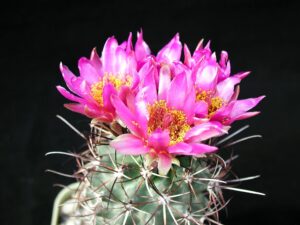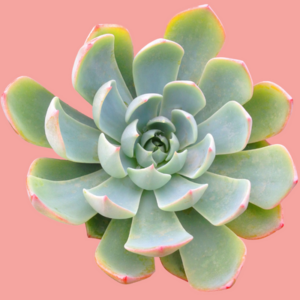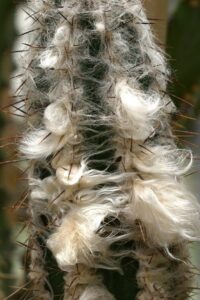The Old Man of the Andes cactus, scientifically known as Oreocereus celsianus, is a fascinating member of the Cactaceae family that has captured the imagination of enthusiasts and botanists alike. This species is characterized by its striking appearance and unique adaptations to its native environment, nestled high in the Andean mountains of South America. So, what makes this cactus not only captivating but also a magnificent specimen for collectors and enthusiasts? And, dare I pose the challenge—can you distinguish its remarkable traits from those of other cacti?
Physical Characteristics: A Testament to Resilience
The most distinguishing feature of the Old Man of the Andes is its dense, white, hairy spines, which resemble the wispy hair of an elderly man—hence its name. These spines provide a dual function: they serve as a protective barrier against herbivorous animals while also helping to retain moisture. The cactus grows in a cylindrical shape, reaching heights of up to three feet, although some individuals have been known to grow even taller in optimal conditions.
In addition to its unique appearance, the Old Man of the Andes has a slow growth rate. It typically flowers during the summer months, producing vibrant pink to white blossoms that emerge from the tops of its stems. Each flower blooms only for a day, yet the sight is profoundly enchanting, marking a brief but splendid moment in the cactus’s life cycle.
Moreover, its ability to thrive in extreme altitudes—often found between 3,000 and 5,000 meters above sea level—is a testament to its remarkable adaptability. This impressive altitude range is inhospitable to many forms of life, making the Old Man of the Andes a prime example of survival under harsh conditions. How does it manage to withstand such extremes, you may wonder?
Ecological Niche: Adaptations and Interactions
Understanding the ecology of the Old Man of the Andes reveals its intricate relationships within its native landscape. The cactus is not merely a solitary figure in the Andean ecosystem; it plays a crucial role in the biodiversity of the region. Its adaptations are finely tuned to the unique challenges posed by its environment, including temperature fluctuations, dry conditions, and altitudinal challenges.
The thick, white spines help to insulate the cactus against extreme cold during the frigid nights, while also acting as a shield against fierce winds that can sweep across its rocky habitat. Additionally, the woolly appearance of the spines aids in moisture retention, capturing condensation from the high-altitude air during rare instances of humidity.
Interestingly, the Old Man of the Andes also serves as a habitat for various insects and birds. These organisms often find refuge in the protective spines, creating a microhabitat where they can thrive. Additionally, the flowers attract pollinators, such as bees and hummingbirds, that are essential for the reproductive success of the plant. This interconnectedness highlights the balance that exists within its environment and raises questions about the overall health and stability of such ecosystems amidst climate change.
Cultivation and Care: A Challenge for Enthusiasts
For those captivated by the allure of the Old Man of the Andes, cultivating this cactus can be both rewarding and challenging. While it is endemic to the Andean regions, with the right care and attention, it can thrive in home gardens and indoor settings around the world. However, successful cultivation requires an understanding of its specific needs.
First and foremost, this cactus thrives in bright, direct sunlight. An ideal growing environment mimics its natural habitat, so placing it in a sunny window or a greenhouse can promote healthy growth. Additionally, well-draining soil is crucial to prevent root rot; a commercial cactus mix or a blend of sand, perlite, and potting soil can provide the right conditions.
You should also be cautious with watering. The Old Man of the Andes is drought-tolerant and should only be watered when the soil has fully dried out. Over-watering can lead to detrimental effects, potentially causing irreversible damage to the plant. During its dormant period in the winter, it’s essential to further reduce watering frequency.
Another aspect to consider is temperature. While the cactus can endure cooler temperatures, it is not frost-tolerant. Keeping the plant in a controlled environment that avoids extreme cold is key to its longevity. Do you feel prepared to meet the challenges of nurturing this unique cactus, or will you shy away from its care?
In conclusion, the Old Man of the Andes stands not only as an extraordinary botanical marvel but also as a representation of nature’s adaptability. From its unique physical characteristics to its vital role in the ecosystem and the challenges posed in cultivation, this cactus invites both admiration and contemplation. As you delve deeper into the world of cacti, the Old Man of the Andes may just become a cherished subject of your growing passion for the flora of our planet.





Leave a Comment